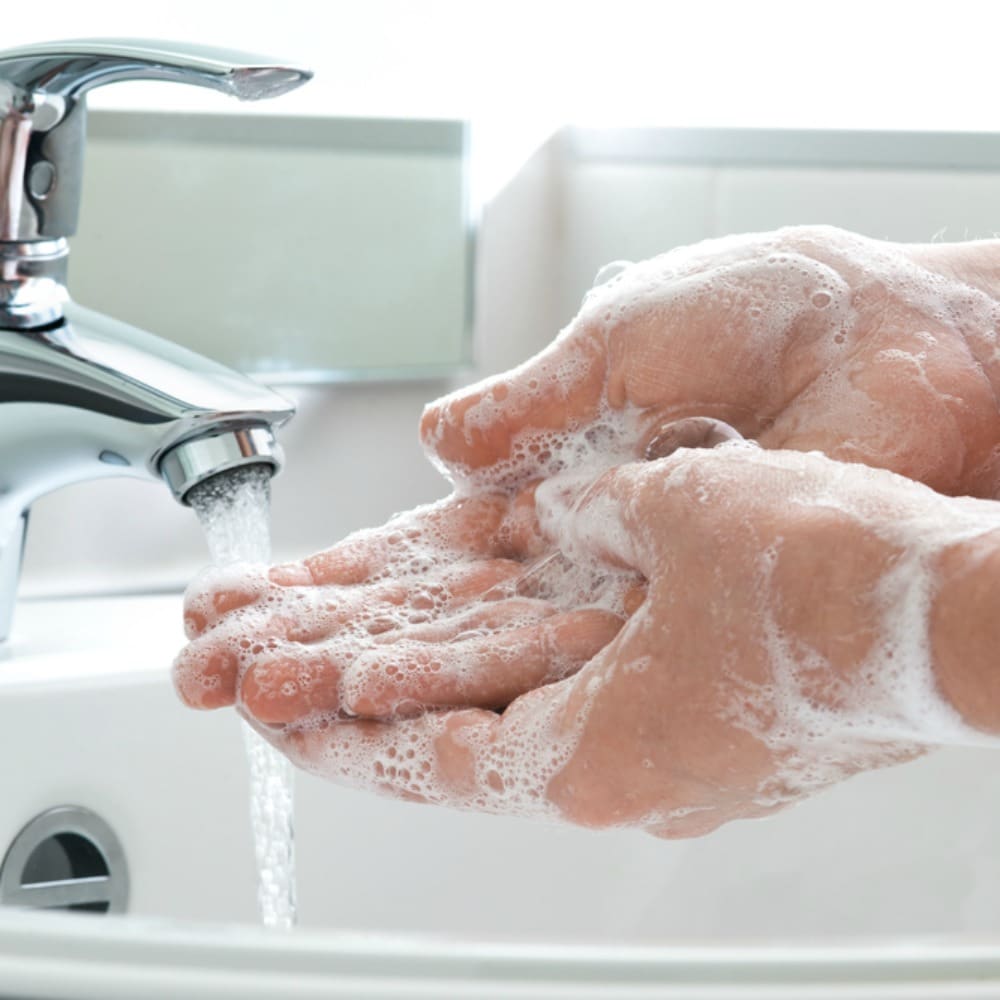University of Birmingham scientists recently teamed up with Norwich Research Park scientists to figure out if there is a connection between a key component of antibiotic resistance and resistance against a disinfectant known as triclosan. This disinfectant is used in many domestic products. The researchers determined that bacteria which mutated to develop a resistance to quinolone antibiotics also become resistant to triclosan. Quinolone antibiotics are a vitally important group of medicines. The research was conducted at the University of Birmingham’s Institute of Microbiology and Infection. Assistance was provided by the John Innes Centre and The Quadram Institute at Norwich Research Park.
About the Findings
The research group determined quinolone resistance mutation changed the manner in which bacteria packages its DNA within cells. These mutant versions also activated self-defense mechanisms to provide triclosan resistance. The discovery is important as it lends credence to the notion that triclosan causes antimicrobial resistance. The findings were recently published in the Journal of Antimicrobial Chemotherapy.
Dr. Mark Webber, a University of Birmingham Honorary Senior Lecturer stated that bacteria is tricked into thinking they are enduring an attack and are prepared to deal with additional threats like triclosan. It is possible that this could happen in reverse and triclosan exposure could promote the growth of strains that are resistant to antibiotics. Dr. Webber states this phenomenon can happen in E. coli. A full understanding of antibiotic resistance and the conditions in which it occurs are vitally important to stopping the selection of bacteria that is highly resistant.
The Importance of Triclosan
Professor Laura Piddock served as the study’s co-author. She works at the University of Birmingham’s Institute of Microbiology and Infection. She states the connection between triclosan resistance and quinolone is key as triclosan has become widespread in the environment as well as human tissue across the past two decades. The seemingly ubiquitous nature of triclosan and additional antimicrobials within the environment should force efforts to obtain a more comprehensive understanding of their impact on bacteria. It is also necessary to understand how exposure to antimicrobials impacts selection and the transmission of antibiotic resistance.
Why the Study is Important
The study outlined above illustrates the power of combining the expertise of separate research teams. Their combined efforts have spurred an improved understanding of antimicrobial resistance mechanisms. This is a growing problem across the world. The last decade has seen a dramatic uptick in the advertising of products labeled as “antimicrobial” targeted to the home market. Yet there is insufficient evidence that these products are better than conventional cleaning products like regular soap, water, bleach etc.
There is a growing concern that the antimicrobial agents in the above-referenced products have accumulated in the environment and altered ecosystems. Some believe they are responsible for promoting the selection of bacteria that are resistant to antibiotics. Triclosan is particularly concerning. The entire EU and the United States have banned its use in body, skin and hand washes. Yet plenty of other antimicrobial agents are used in such products.




